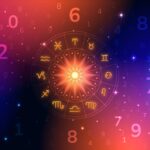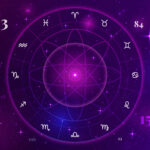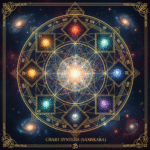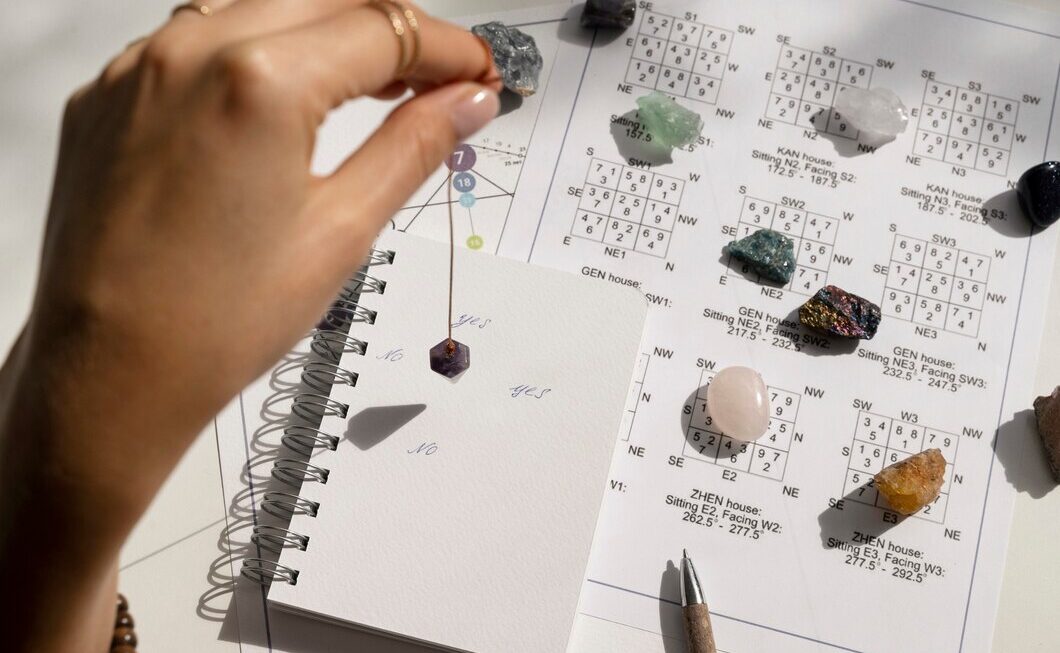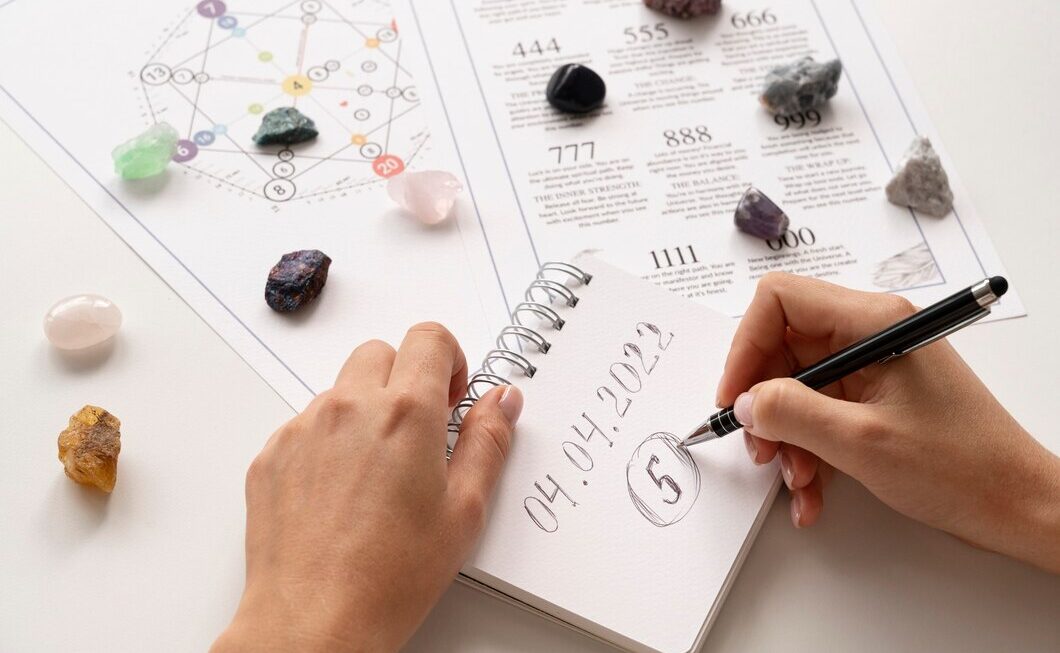You are now in possession of the Prashna chart—the celestial snapshot cast at the moment a sincere question achieved its ‘birth.’ While the casting process is mechanical, the Prashna chart analysis is a profound art, blending forensic astrological scrutiny with intuitive insight. This phase is where the senior content writer’s detective skills are fully deployed to decode the cosmic verdict embedded within the planetary alignments.
Unlike the broad-stroke analysis of a natal chart, prashna interpretation is sharply focused on a handful of variables. The methodology is designed for rapid, decisive, and often binary (Yes/No) answers, focusing on the strength of the querent, the state of the goal, and the connection between the two.

Prashna Interpretation: The Three Pillars of Judgment
All successful horary chart reading hinges on analyzing three interconnected components: the Querent (You), the Quesited (The Goal/Subject), and the Flow of Events (The Moon).
Pillar 1: The Querent and the Lagna (The Self)
The 1st House (Lagna) and its ruler (Lagna Lord) in the Prashna chart represent the person asking the question (the Querent) and their entire mental, physical, and situational condition regarding the query.
- Lagna’s Strength (Your Power): A strong Lagna Lord—placed in an exalted sign, its own sign, or a friendly sign, and occupying a Kendra (1, 4, 7, 10) or Trikona (5, 9) house—is always a powerful positive indicator. It means the Querent has the necessary strength, luck, or righteousness to pursue the matter successfully.
- Weakness & Despair: If the Lagna Lord is debilitated, combust (too close to the Sun), or placed in a Dusthana (6th, 8th, or 12th house), it signals fundamental weakness. The querent might be ill-informed, the question might be flawed, or the efforts will meet with immediate resistance.
- Lagna Sign’s Nature (The Situation’s Momentum):
- Movable (Cardinal) Signs (Aries, Cancer, Libra, Capricorn): Indicate swift action and a quick change in the situation. A positive outcome will happen fast.
- Fixed Signs (Taurus, Leo, Scorpio, Aquarius): Indicate inertia and stability. The situation is unlikely to change. A positive answer will be slow; a negative one will be permanent.
- Dual (Mutable) Signs (Gemini, Virgo, Sagittarius, Pisces): Indicate change with difficulty, ambiguity, or multiple possibilities.
- Movable (Cardinal) Signs (Aries, Cancer, Libra, Capricorn): Indicate swift action and a quick change in the situation. A positive outcome will happen fast.
Pillar 2: The Quesited and the Key House Lord (The Goal)
The relevant house, determined by the nature of the question (e.g., 7th for marriage, 10th for career), represents the goal itself—the Quesited.
- The House Lord’s Condition: Just like the Lagna Lord, the lord of the relevant house must be strong and well-placed. If the 10th Lord (Job) is strong and well-dignified, the goal is intrinsically achievable. If the 7th Lord (Spouse) is afflicted by malefics like Saturn or Mars, the relationship is fraught with difficulties.
- Planets in the House: Malefics (Saturn, Mars, Rahu, Ketu) occupying the house of the Quesited are instant blockages or poisons to the issue. Benefics (Jupiter, Venus) placed in the house act as protectors and accelerators.
Pillar 3: The Moon (The Mind and the Events)
The Moon is the planet of motion, representing the Querent’s mind and the immediate flow of events. It is the lifeblood of horary reading.
- Mental Clarity: A strong, unafflicted Moon (especially in a Kendra or Trikona) shows the querent’s mind is clear and the question is sincere.
- The Moon’s Application: This is the most decisive factor.
- Ithasala Yoga (Applying Aspect): If the Moon is moving to form a major aspect (conjunction, trine, square, etc.) with the Lord of the Quesited (the goal), it signifies that the Querent and the Goal are about to connect—a “Yes” answer.
- Isarapha Yoga (Separating Aspect): If the Moon has just separated from the Lord of the Quesited and is moving towards another planet, it signals that the window of opportunity has closed—a “No” answer, or a failure of the current effort.
- Void of Course: If the Moon makes no aspect to any major planet before changing signs, the situation is said to be “void of course,” meaning the effort will come to nothing, and the status quo will remain.
- Ithasala Yoga (Applying Aspect): If the Moon is moving to form a major aspect (conjunction, trine, square, etc.) with the Lord of the Quesited (the goal), it signifies that the Querent and the Goal are about to connect—a “Yes” answer.
Deciphering the Connection: The Heart of Prashna Interpretation
The ultimate verdict is delivered by the relationship between the planet representing the Querent (Lagna Lord) and the planet representing the Goal (Quesited Lord).
The Core Rule (OREO Framework): The Fusion of Lords
Opinion: The only reliable prediction of success comes from a perfect planetary fusion—a strong, positive connection between the Querent’s ruler and the Goal’s ruler.
Reason: The principle of “as above, so below” means that if the two celestial forces responsible for the Querent and the Goal are moving toward unity, the corresponding earthly event is bound to happen. The question’s fulfillment is dependent on the karmic alignment of the seeker and the sought.
Example: The Job Query (Lagna Lord vs. 10th Lord)
- Scenario A: Success (“Yes”)
- The Lagna Lord is in the 10th House.
- The 10th Lord is in the Lagna.
- The Lagna Lord and the 10th Lord are in mutual, friendly aspect (e.g., trine/5th-9th relationship).
- The Moon is applying to either the Lagna Lord or the 10th Lord.
- Verdict: Success is certain and imminent.
- Scenario B: Failure (“No”)
- The Lagna Lord and the 10th Lord are in an adversarial 6th/8th relationship (a deadly, mutual affliction).
- A powerful Malefic (e.g., Saturn) is placed between them, blocking their connection.
- Verdict: The effort is blocked; the current job opportunity will not materialize.
Opinion/Restatement: Therefore, the entire Prashna chart analysis is a focused exercise in seeing if the universe is granting a temporary ‘permission’ for the Querent’s intention to merge with the Goal’s reality.
Advanced Principles and Technical Overlays
Skilled prashna interpretation goes beyond the basics to include specialized techniques, drawing deep water from texts like the Prashna Marga.
The Role of the Nodes (Rahu and Ketu)
Rahu (the North Node) and Ketu (the South Node) act as powerful interrupters or agents of sudden change.
- Rahu: If Rahu is conjunct the Lagna Lord or the Quesited Lord, the issue will be complicated by deception, confusion, or foreign/unexpected elements.
- Ketu: Ketu usually signals detachment or severance. Ketu conjunct the Quesited Lord often means the matter is destined to fail or dissipate, as the energy is drawn away from the material world.
Casting Divisional Charts (A Final Check)
While the Rasi (D-1) Chart gives the overall answer, astrologers often cast the relevant Divisional Chart (Varga) for confirmation, especially for complex questions. This is a common practice in advanced horary chart reading.
- Marriage: Check the Navamsa (D-9) chart of the Prashna moment. If the 7th Lord of the Rasi chart is strong and well-placed in the Navamsa, the positive prediction is confirmed.
- Career: Check the Dasamsa (D-10) chart. A strong 10th Lord in the D-10 fortifies the promise of professional success.
If the main Prashna Chart and the relevant Divisional Chart give conflicting messages, the more powerful (D-1) often prevails, but the conflict itself suggests difficulty or a complex path.
Rectification & Timeliness (Prashna Basics)
The chart itself can comment on its own validity—a final, crucial check known as Chart Radicality:
- Lagna at 0° or 29°: If the Ascendant is at the very beginning or end of a sign, the astrologer may deem the chart “unfit for judgment.” A 0° Lagna suggests the question is premature; a 29° Lagna suggests the matter is already concluded or out of the Querent’s hands.
- Mercury Retrograde: If Mercury is retrograde, the querent may change their mind, or the situation will involve miscommunication, delay, or an ultimate reversal of plans.
Conclusion: The Detective’s Final Report
Prashna Vedic Astrology offers a unique blend of mathematical precision and psychological insight. The entire process—from the integrity of the question moment chart to the granular prashna interpretation—is geared toward a single objective: delivering the truth of the ‘now.’ By systematically checking the strength of the Querent, the destiny of the Goal, and the kinetic energy of the Moon, the astrologer constructs a verdict that is specific, actionable, and profoundly reliable.
It teaches us that destiny is not just a broad, predetermined plan, but a series of moments, each carrying a miniature universe reflecting the entire situation. In these critical moments of choice, Prashna is the ultimate tool for decoding the universe’s immediate counsel.


